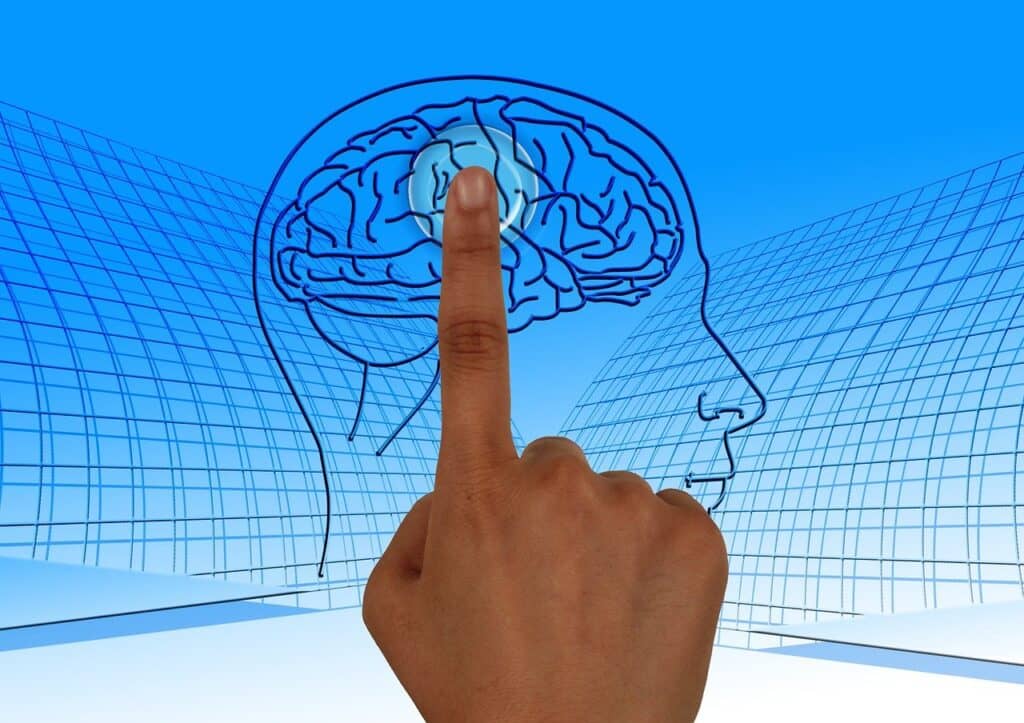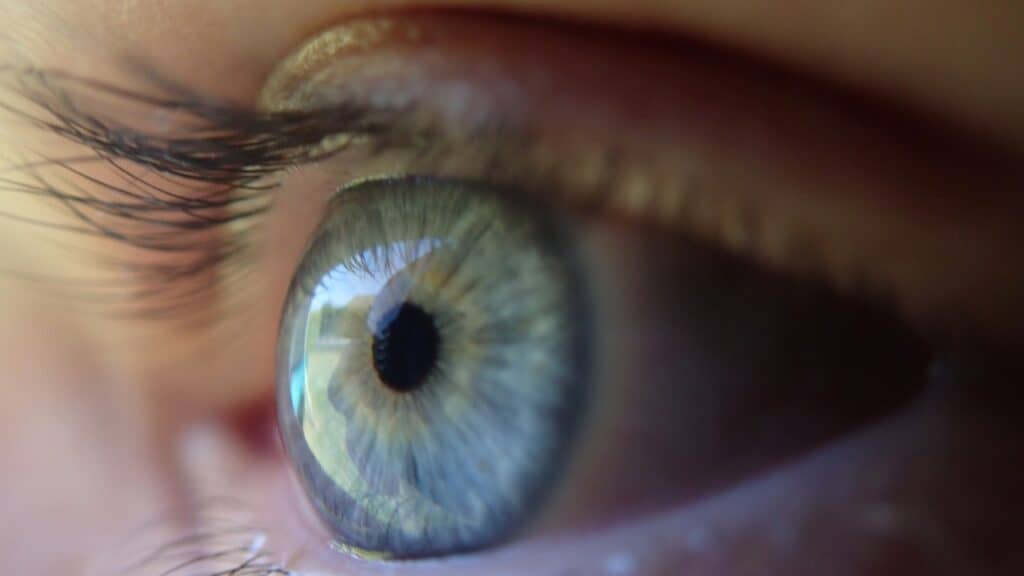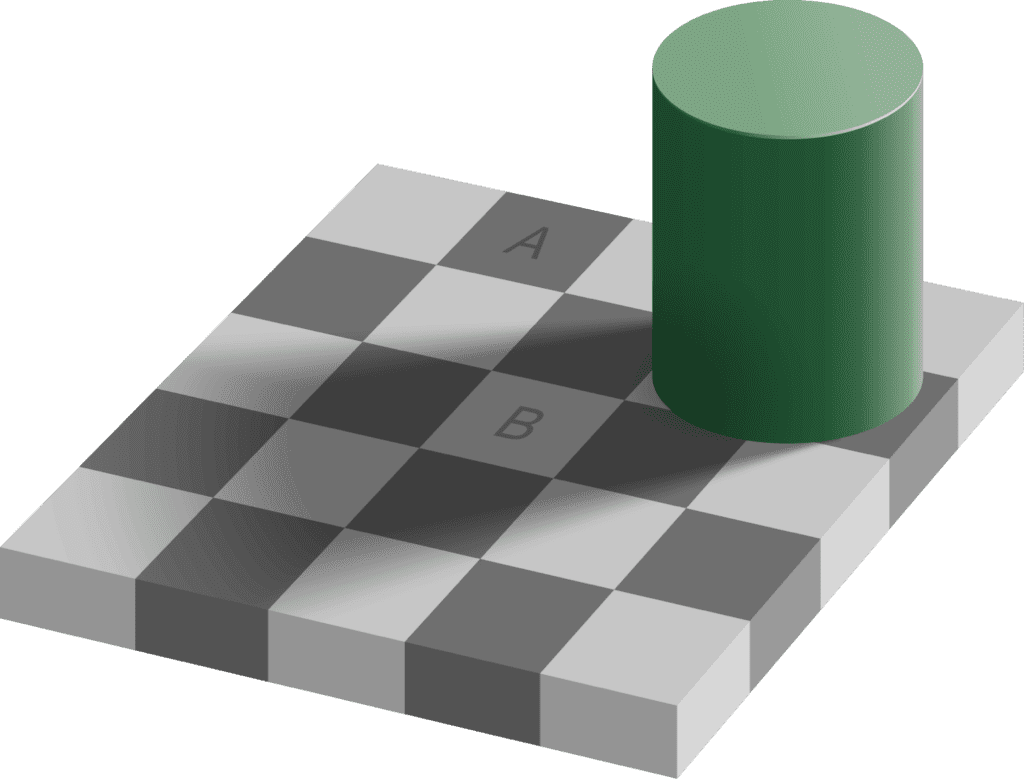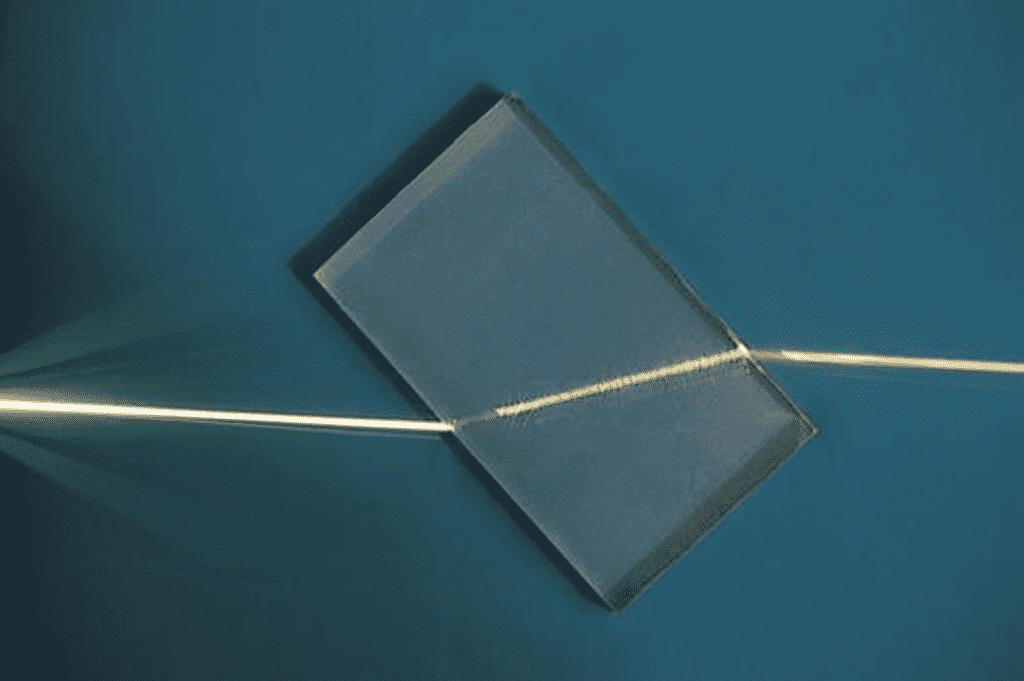Not that long ago we showed you some pictures of mind-boggling optical illusions. Today we’re going to delve a bit deeper into this subject and look at their purpose, what causes them, and where they occur, among other things.
10. They Occur in the Brain

Although we “see” optical illusions, they don’t actually occur in the eye but rather in the brain — at least most of them do anyway. According to an article published by ABC News, “visual illusions occur due to properties of the visual areas of the brain as they receive and process information.” So, your perception of illusions has way more to do with how your brain works than the optics of your eye. As a result, scientists say they should be called “visual illusions” instead of “optical illusions.”
9. Some Occur in the Eyes

Not all optical illusions occur in the brain. Floaters, for example, occur inside the eye. Floaters are small spots that appear to “float” in your field of vision. They are caused by tiny irregularities in the fluid that fills the eye. That being said, they’re not actually illusions but are real. And, they become more common as you get older.
“Seeing stars” when you get hit on the head is another illusion that occurs in the eye. According to ABC News, Michael Bach, a vision scientist and professor of neurobiophysics at the University of Freiburg Eye Hospital in Freiburg, Germany, says that seeing stars is the result of mechanical stimulation and activation of the neurons in the eye, which your brain misinterprets as light.
8. They Mock Us

Optical illusions mock us… literally — or at least they mock our trust in our senses. According to Stanford University, the Latin root of illusion is the word “illudere,” which means “to mock.” The word “illusion” itself has roots in 14th-century Anglo-French, meaning an act of deception. Illusions trick us into seeing something different than what is actually there. In other words, what we see does not line up with reality. Not only that but two different people looking at the same illusion can see two different things entirely!
7. They Show That Color is Subjective

In the above illusion, blocks A and B are the same color. Don’t believe us? Well, you don’t have to take our word for it. Try this instead: open the illusion in an image editing program and use the eyedropper tool to verify that the colors are indeed the same. See it now? How can this be, you ask? Well, we’ll tell you. The cone cells in our eyes help us see color. And, when these cells register different wavelengths of light, our eyes try to make sense of them, in this case by assuming that the shadow cast on block B makes it lighter than it really is.
6. Some are Produced by the Refraction of Light

Some optical illusions are produced by the refraction, or bending, of light as it passes through one object to another in which the speed of light is significantly different. An example of this would be a pencil standing in water. At the surface, where the air and water meet, the pencil will appear to be broken. Another example would be a log that’s partially submerged underwater. It gives the illusion of being bent.
FUN FACT: Rainbows also result from refraction.
5. They Can be Caused by Sleep Deprivation
You probably already know that sleep deprivation can cause fatigue, hallucinations, and an inability to concentrate. But, did you know that sleep deprivation can cause visual illusions as well? Yep, it’s true! And, the less sleep you get, the more intensified those illusions become. Not only that but they increase and decrease, “in a cyclic fashion in line with 24-hour fluctuations in EEG alpha-wave (8 to 12 hertz) phenomena and with body temperature, becoming most acute in the early morning hours,” according to an article published by Encyclopaedia Britannica.
4. They Involve Mathematics

According to an article published by Encyclopaedia Britannica, the creation of optical illusions may involve mathematical and geometric principles. These include principles like the proportionality between the areas of similar figures and the squares of their linear dimensions. The analysis of optical illusions may involve these principles as well. Not only that, but some optical illusions involve physiological or psychological considerations as well. For example, “when making visual comparisons, relative lengths are more accurately perceived than relative areas,” Encyclopaedia Britannica said.
3. Optical Illusions are Very Old

According to the BBC, illusions go as far back as the ancient Greeks. In fact, it was Aristotle who noticed that watching a waterfall and then shifting your attention to static rocks makes the rocks appear to move in the opposite direction of the flow of the waterfall. His discovery became known as what’s called “motion aftereffect” or “the waterfall illusion.”
FUN FACT: The world’s oldest illusion (shown above), said to have been sculpted at least 850 years ago, was found in the Airavatesvara Temple in India. It was a bas-relief sculpture of a creature that can be seen as either an elephant or a bull — similar to the ambiguous rabbit-duck illusion.
2. They May be Used as Safety Measures

An article published by ABC News says that visual illusions may be used as safety measures. For example, the city of Chicago uses visual illusions to control drivers’ speed on hazardous curves. How? By painting the stripes on the road closer together as they approach the sharpest part of the curve. This makes motorists think they’re speeding up. As a result, they slow down, and in turn, have fewer accidents — or at least that’s the intent anyway.
Visual illusions are also thought to be important tools in research, helping scientists understand how visual processing works in the brain. One researcher even suggests that visual illusions may also serve an evolutionary purpose.
1. They are the Brain’s Attempt to See the Future

Mark Changizi, a neurobiologist and assistant professor of cognitive science at Rensselaer Polytechnic Institute in Troy, New York, came up with a theory that goes a little something like this: we see illusions because it’s our brain’s way of attempting to see the future. Illusions occur during the short time lag after light reaches your retina but before your brain translates it into visual perception. When your brain attempts to translate it into visual perception, it is actually, “taking a guess at the near future by trying to fast-forward a tenth of a second.” In other words, the image you are perceiving might not be the actual image, but rather the image you expect would appear.
CONCLUSION
As you can see optical illusions are not only fun, but they also serve a greater purpose in life as well. Thanks for reading and feel free to leave a comment below!







